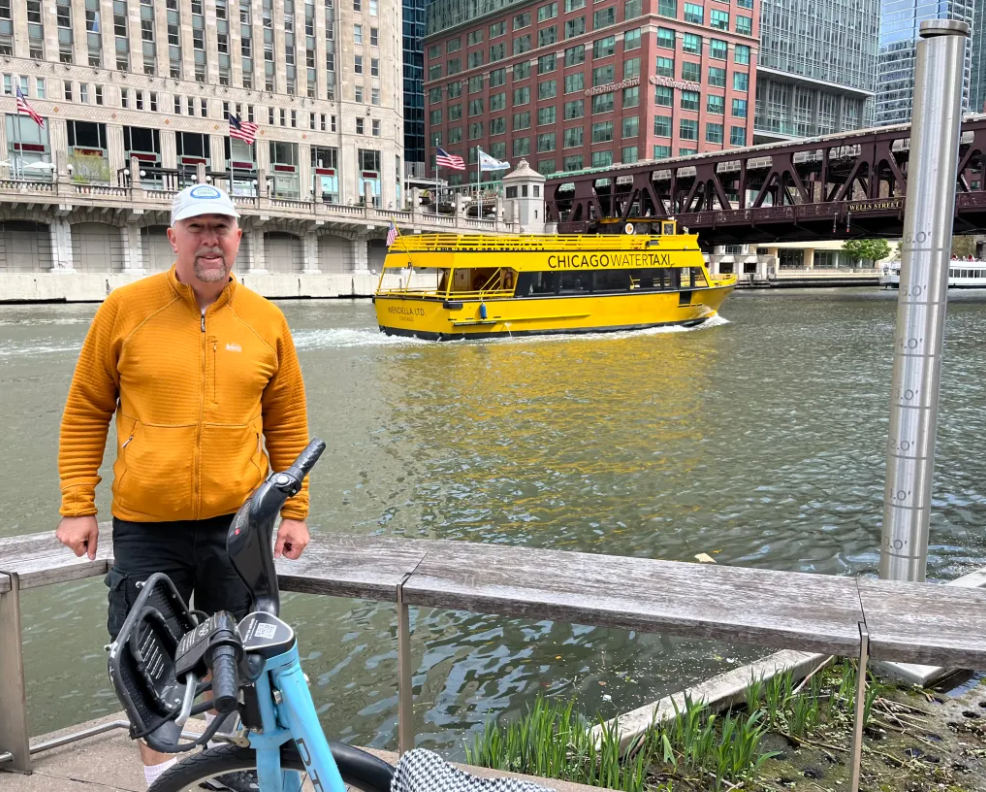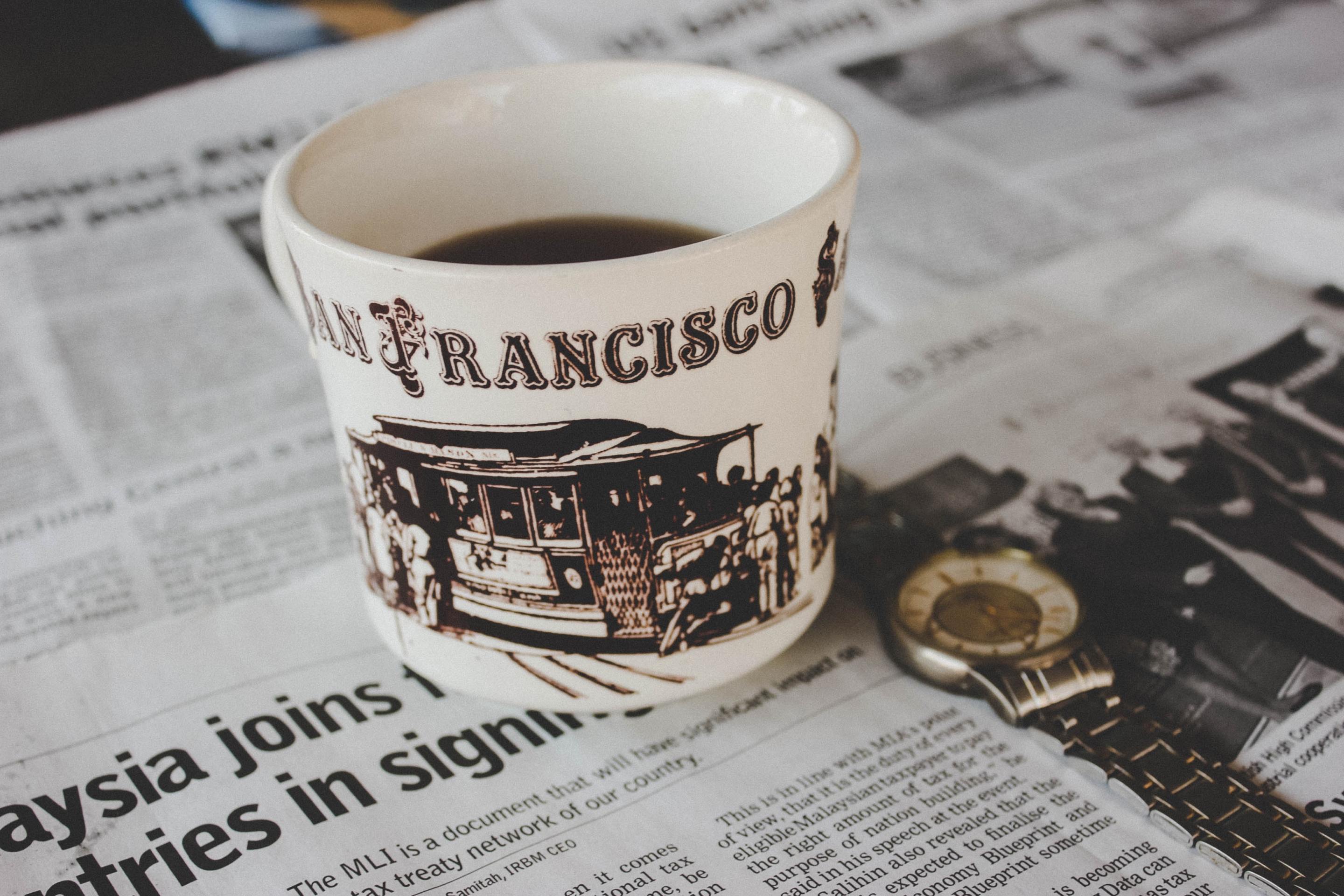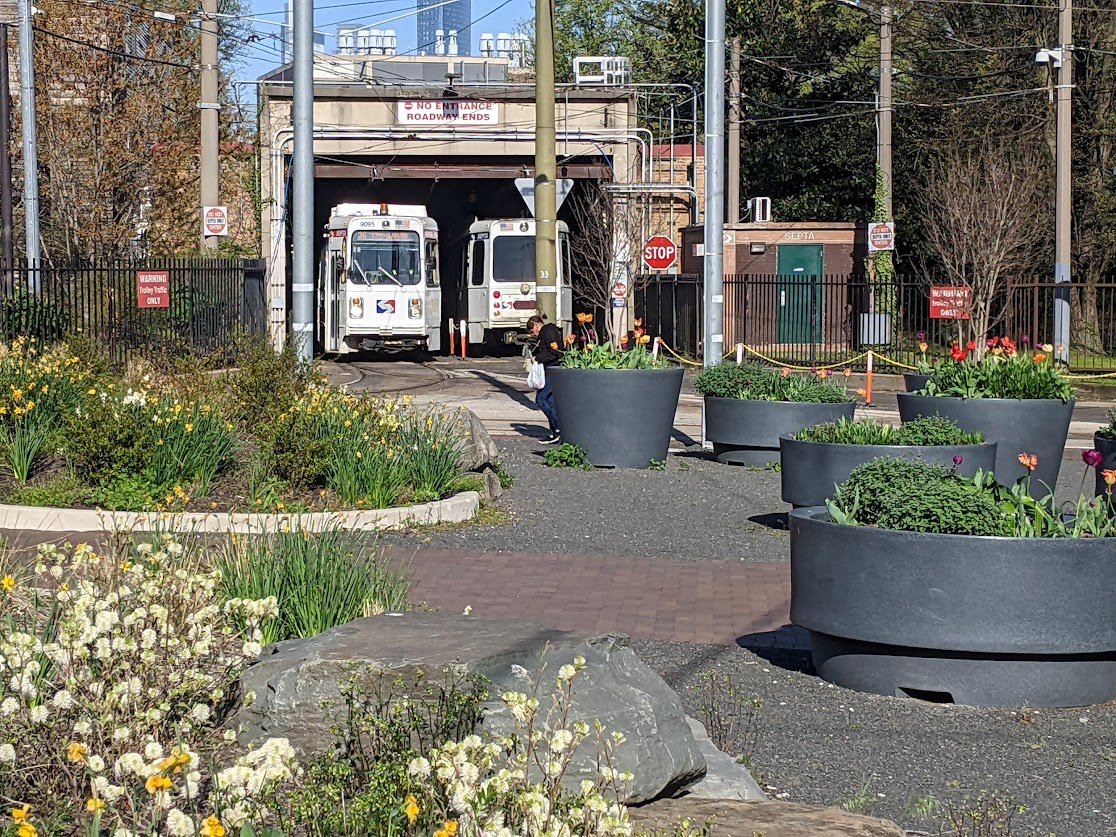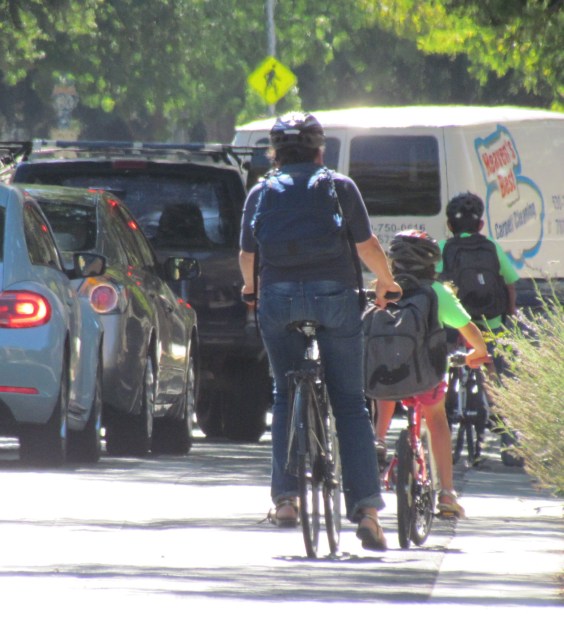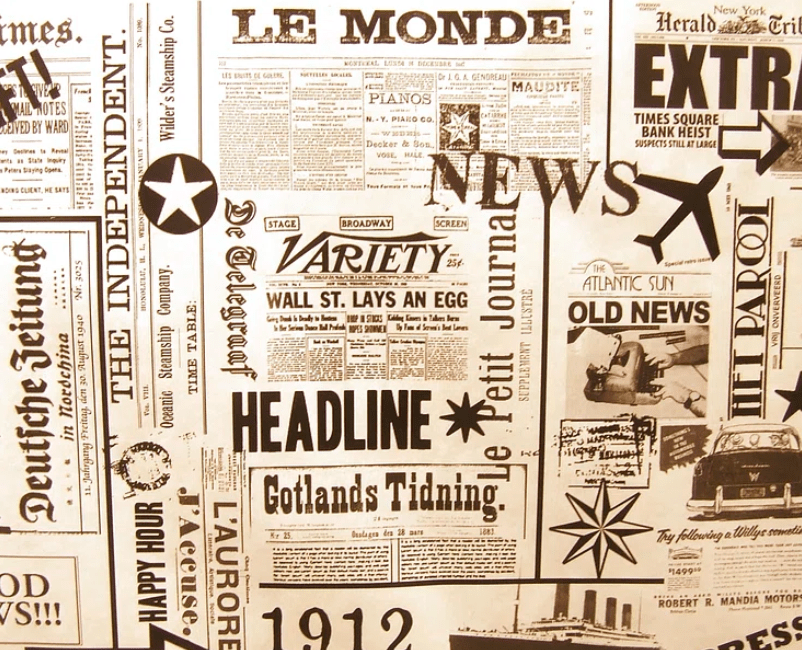Bicycle wipe-outs at intersections with streetcar tracks, like Duboce and Church or 17th Street and Church, are so common that I could hardly compose a post about the phenomenon without overhearing the familiar thud and "Are you okay?" of a bicyclist taking a spill. In fact, that's exactly what happened outside my window just now as I sat down to write.
Most of the time, cyclists are a bit shaken up, but okay. In the worst cases, I've seen people tumble head-first into parked cars and bounce off. Still, the worst damage is usually to their bikes, not to their person.
It's not hard to imagine someone getting seriously injured in such a spill, however. Even the damage done in the routine wipeouts that happen nearly every day is rattling enough to merit greater attention.
Experienced bicyclists tend to figure out the best way to navigate the tracks, but what can be done to prevent less-experienced bicyclists from getting stuck in the rail depressions so regularly?
In Toronto, where bicyclists also have to contend with a maze of tracks, several at-grade railroad crossings are equipped with a rubber flange filler that is jammed down into the cracks of trolley tracks. The rubber is firm enough that it doesn't compress when a bike passes over it, but when a streetcar comes it squishes down and doesn't cause the train to derail.
The material is not used for Toronto's extensive network of streetcar tracks in the city's core, however, and bikes routinely get caught in the tracks. "The at-grade railroad crossings do have some of that incorporated, but certainly not the main hazards to cyclists, which are the arterial road streetcar tracks," said Yvonne Bambrick, Executive Director of the Toronto Cyclists Union.
"There’s a lot of places where several tracks meet and turn. They’re trickier to navigate, but folks that have been at it for a while have figured out how to do it. It’s not that hard: you pay attention and learn how to do it, it’s all good. It does catch people fairly regularly."
Like San Francisco, Toronto is struggling to implement its bike network plan. Bambrick says that the solution to the tracks hazard should be part of that plan. "Within a network we could definitely address the issue in a site-specific kind of way," said Bambrick, "but I think if we’re just looking at roads as they are now across the city, that’s not as likely to be addressed. I think it has to be looked at in a wider sense of a dedicated cycling network."
Short of a miracle material, which could pose a challenge to maintain in an extensive network of streetcar tracks like San Francisco's, the solution could lie in marked pathways on the roadway to guide inexperienced riders.
"With an infrastructure upgrade ... in those pathways where cyclists can be predictably going through, you can have something in that point on the tracks to help alleviate the issues of the crossing," said Bambrick. In San Francisco, that might mean a miniature version of sharrows, which are normally used to indicate to bicyclists the ideal place to ride to avoid being doored by parked cars.
Once the bike plan injunction is lifted, 17th Street is due to be striped with bike lanes. The lanes' design takes into account the dangers of crossing Church from 17th Street, but not the danger of turning right onto 17th Street, westbound, from Church. The streetcar tracks at Duboce and Church will be completely replaced beginning next year, but without a solution to the bike wipeout problems. Neither of these projects have started yet, however, so there could still be time to advocate for designs that could avert this perilous problem.



